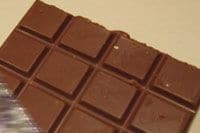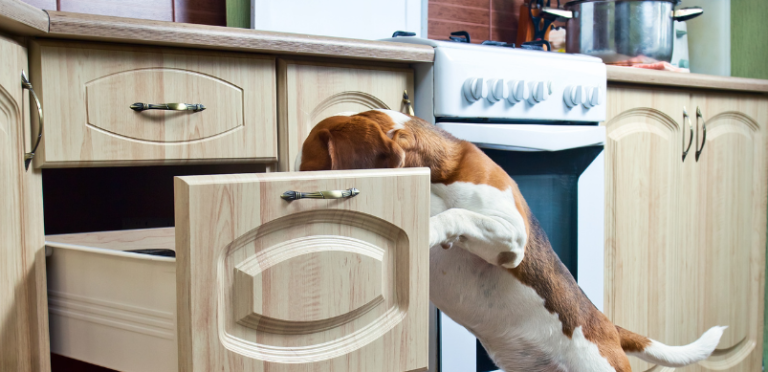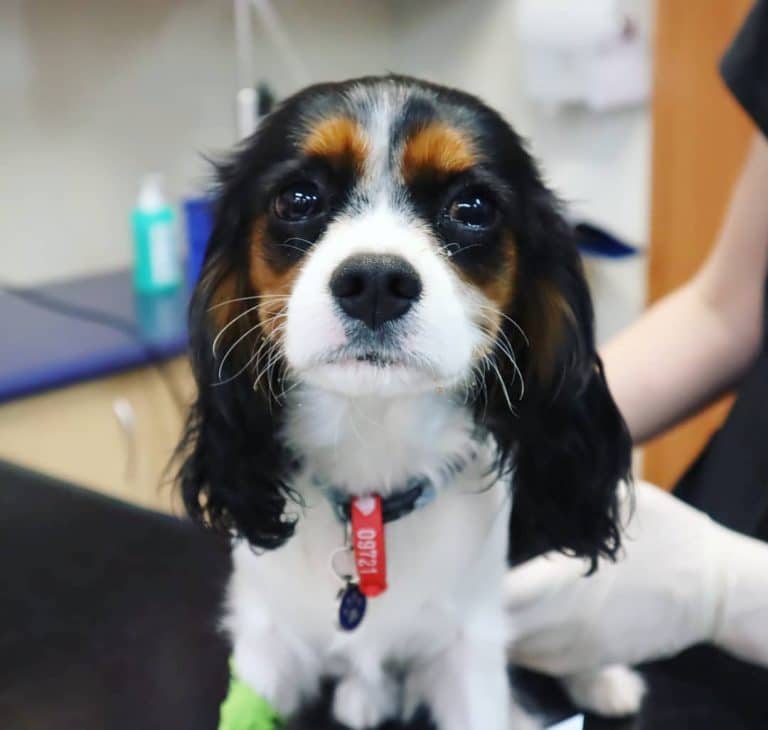You Shall Not Pass – Corn Cob Dangers
“You shall not pass”… Corn cobs, the Gandalf of the stomach. One of the most common and also most dangerous foods to end up inside our pups, as they do not break down in the acid of a dog’s gastrointestinal tract. Instead, they block the path of regular food and cause all sorts of intestinal mayhem.
Of course, our dogs love to eat this delicious juicy yellow candy… often whole… never mind that rather solid lump in the middle. Down the hatch! Where they get stuck shortly after in the stomach or intestines. This is where we come in, removing the foreign object through an exploratory laparotomy, one of our most common emergency surgeries.
Delicious Yellow Candy
This particular pup had wolfed down an entire corn cob, leafy green husk and all! Dr Bek performed gastronomy surgery. An incision was made into the stomach and the remnants were removed in 2-10cm long pieces. Thankfully he recovered well and was back to eating (what he should!) by the following morning.
Astoundingly, the removed cobs still appear just like corn, completely undigested, showing just how dangerous these could be if they weren’t removed. Vomiting can often be induced before it becomes a bigger problem that requires invasive surgery so seek veterinary treatment as soon as possible after corn cob ingestion.
Minimise Risk
Small and medium-sized dogs are at a higher risk for intestinal obstruction with corn cobs. However, they should be kept away from all types of dogs. Educate your family to ensure they get placed in a secure bin when being thrown out, and raw cobs stored away securely. As we know our dogs aren’t fussy with cooking! Keep an eye out for sneaky opportunists when barbecuing or preparing food on a low bench. Acquiring extra snacks is a magic skill these furry wizards possess well!
And if you just cannot resist those sad pleading eyes, cut some kernels off the cob and put them into your dog’s bowl. A small amount of corn is fine for canines and this will also help train them not to eat off the table… we hope!



